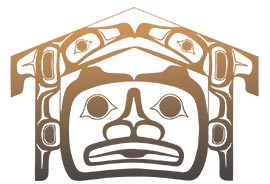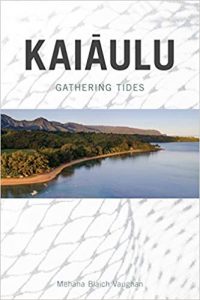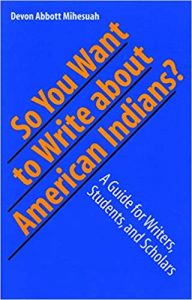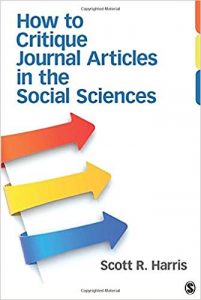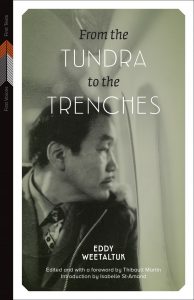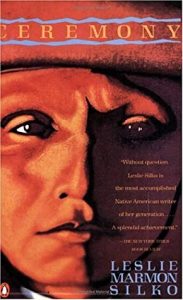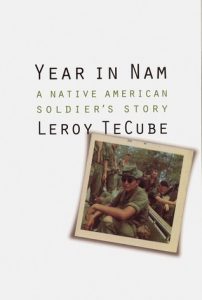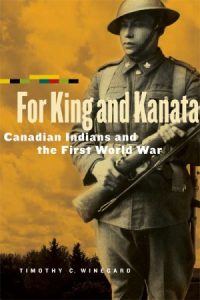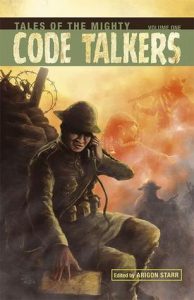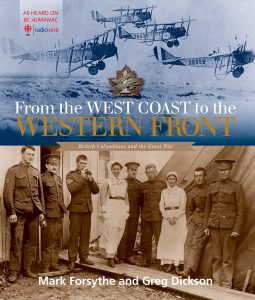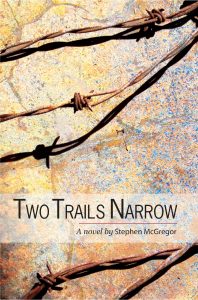The collections currently comprise approximately 12,000 items including about 6,000 books, 450 videos, 5,000 vertical file materials, curriculum resources, journals and newspapers, maps, posters, theses and dissertations, the G.A. (Bud) Mintz special collection, and some archival materials. The collections focus on First Nations in British Columbia, including contextual materials on Canadian First Nations, in addition to issues of national and international interest to First Nations and Indigenous peoples. X̱wi7x̱wa collects materials written from First Nations perspectives, such as materials produced by First Nations, First Nations organizations, tribal councils, schools, publishers, researchers, writers and scholars.
Featured collections
Spotlight: Land Management and Natural Resources
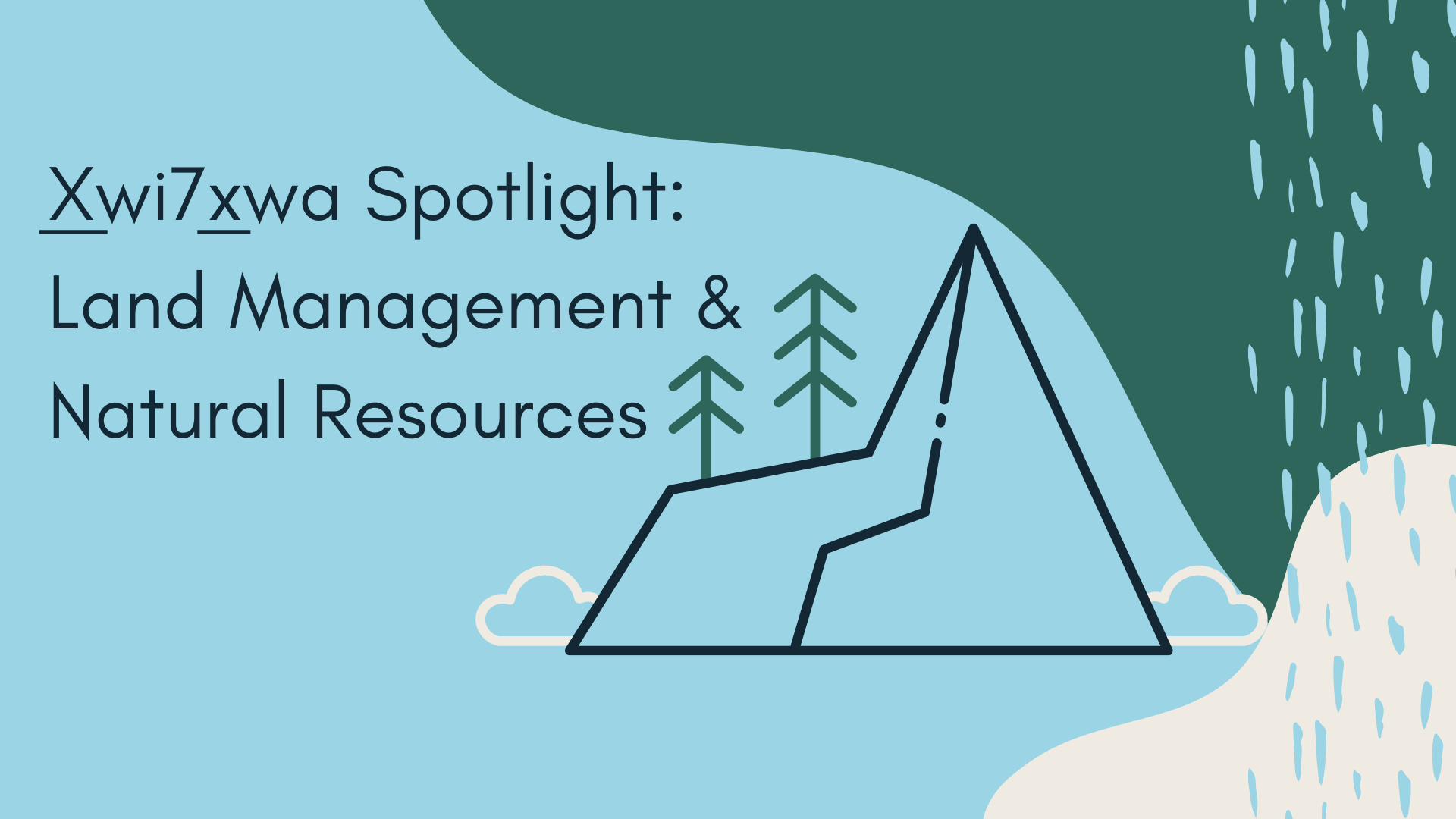 Many students this term are writing papers on natural resources and natural resource development in BC and Western Canada. With reference questions coming in about natural resources like oil, water, and forests or about Indigenous rights to natural resources, we’ve curated some materials below to help answer your questions and to add some materials to your “To Be Read” or “To Watch” list.
Many students this term are writing papers on natural resources and natural resource development in BC and Western Canada. With reference questions coming in about natural resources like oil, water, and forests or about Indigenous rights to natural resources, we’ve curated some materials below to help answer your questions and to add some materials to your “To Be Read” or “To Watch” list.
If you’d like to do some searching about general natural resources on your own through our catalog on our website, here are some search terms to use:
- “natural resources”
- “natural resource management”
- “environmental resources”
- “environmental activism”
- “environmentalism”
- “energy” or “energy resources”
- “oil”
If you’d like to look specifically at a certain event surrounding a natural resource, you could search for that event like “Standing Rock,” or if you’d like to see our books on pipelines, searching “pipelines” will give you a plethora of materials on pipelines in Canada, as well as the United States.
If you’re shelf browsing in our stacks at the library, start at the “N” call numbers and you’ll see lots of books on natural resources in Canada.
Here is a curated list of library materials on natural resources:
Kaiāulu: Gathering Tides by Mehana Blaich Vaughan shares the stories of more than 60 Hawaiian elders, fishermen, and community leaders on how they work to protect their kuleana, their rights and responsibilities to their community and to their surroundings. This book gives a combined look at natural resources, land management, Indigenous studies, and Hawaiian studies. It looks at not what people and community can get from the land, but how the spirit of reciprocity and caring for others exists in natural resource management.
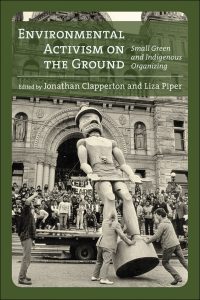
Environmental Activism On The Ground: Small Green and Indigenous Organizing edited by Jonathan Clapperton and Liza Pipe (also available online) takes a in depth look to environmental activism in local communities and grass roots organization through a lens of multiple interdisciplinary studies. Stories of activism from Indigenous and non-Indigenous groups are pieced together from across Canada. It takes a step back into the history of environmental activism and lessons when moving towards the future.
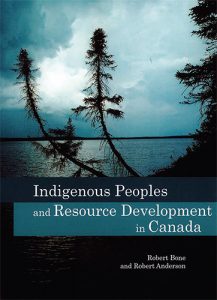
Indigenous Peoples and Resource Development in Canada edited by Robert Bone and Robert Anderson (also available at Koerner Library) views natural resource management in Canada through Supreme Court and government agreements with Indigenous nations to illustrate how Indigenous peoples are now at the decision-making table when it comes to natural resource extraction in their communities.
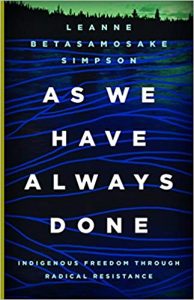
As We have Always Done: Indigenous Freedom Through Radical Resistance by Leanne Betasamosake Simpson (also available online) gives the reader many of the ways that Indigenous resistance has stopped natural resource extraction. From tar sands to pipelines, Indigenous resistance has pushed against colonization and the dispossession of land. This book not only examines the relationship between Indigenous peoples and natural resources, but ways to push back against settler-colonialism as a whole.
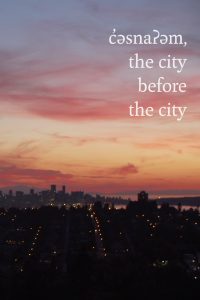
C̓äsna7äm, The City Before The City directed and produced by Elle-Máijá Tailfeathers (also available online) looks at the story of the land UBC and Vancouver sits on before it became Vancouver and UBC. This documentary specifically looks at the 200 day vigil the Musqueam people to halt a condo development that unearthed ancestral remains.
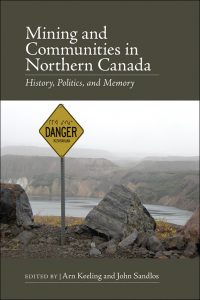
Mining and Communities in Northern Canada: History, Politics, and Memory edited by Arn Keeling and John Sandlos (also available online) begins by examining how mining has historically been a forerunner of colonization to Indigenous communities, as it is the start of new and disruptive economic and settlement patterns in their home. This book views mining in Northern Canada from both a historical lens through past documents and research, as well as oral histories from community members themselves.
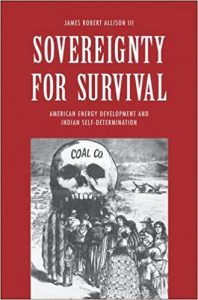
Sovereignty for Survival: American Energy Development and Indian Self-Determination by James Robert Allison III (also available online) illustrates the role Indigenous people in the United States played in shaping energy policy and development. By examining the role Indigenous people played in policy creation, the different viewpoints of different Indigenous groups and communities are shown, illustrating what view they took on resource extraction in their communities: harmful or necessary for their community’s growth.
![]()
Tracking the Great Bear: How Environmentalists Recreated British Columbia’s Coastal Rainforest by Justin Page (also available online) explains a detailed account of how the Great Near Rainforest was saved from logging through the conservation efforts of Indigenous communities and activists through an actor network.
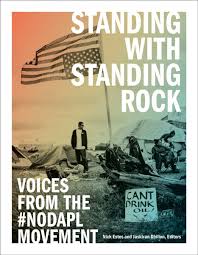
Standing with Standing Rock: Voices from the #NoDAPL Movement edited by Nick Estes and Jaskiran Dhillon (also available at the Okanagan Library) teaches through essays, poems, and interviews, essential lessons from the people who were at Standing Rock and the significance they felt on the front lines of environmental activism.
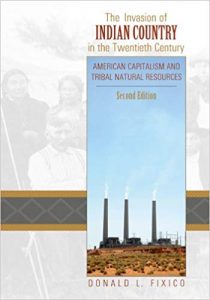
The Invasion of Indian Country in the Twentieth Century: American Capitalism and Tribal Natural Resources by Donald L. Fixico (also available online) looks at the fight between business and Indigenous communities for the oil, fish, coal, water, and timber that was on reservations in the 20th century. This resource illustrates the history of natural resources in the 20th century and how what happened then influences the policies being enacted today.
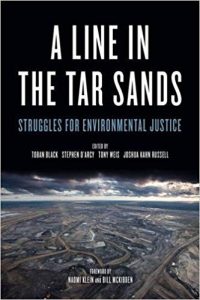
A Line in the Tar Sands: Struggles for Environmental Justice edited by Toban Black, Tony Weis, Stephen D’Arcy, & Joshua Kahn Russell (also available online) is a selection of essays from contributors looking at the struggle between industry and opponents over control of the future of the Alberta Tar Sands.
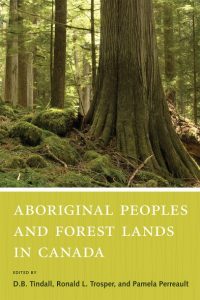
Aboriginal Peoples and Forest Lands in Canada edited by D.B. Tindall, Ronald L. Trosper, and Pamela Perreault (also available online) brings together Indigenous and non-Indigenous views of forest use and resource management. It also focuses on the use of traditional knowledge and traditional land use in the world of forestry.
If you have a specific interest in the world of natural resources or another topic you’d like some research help with, please always feel free to email us at xwi7xwa.library@ubc.ca.
Holiday Reads!
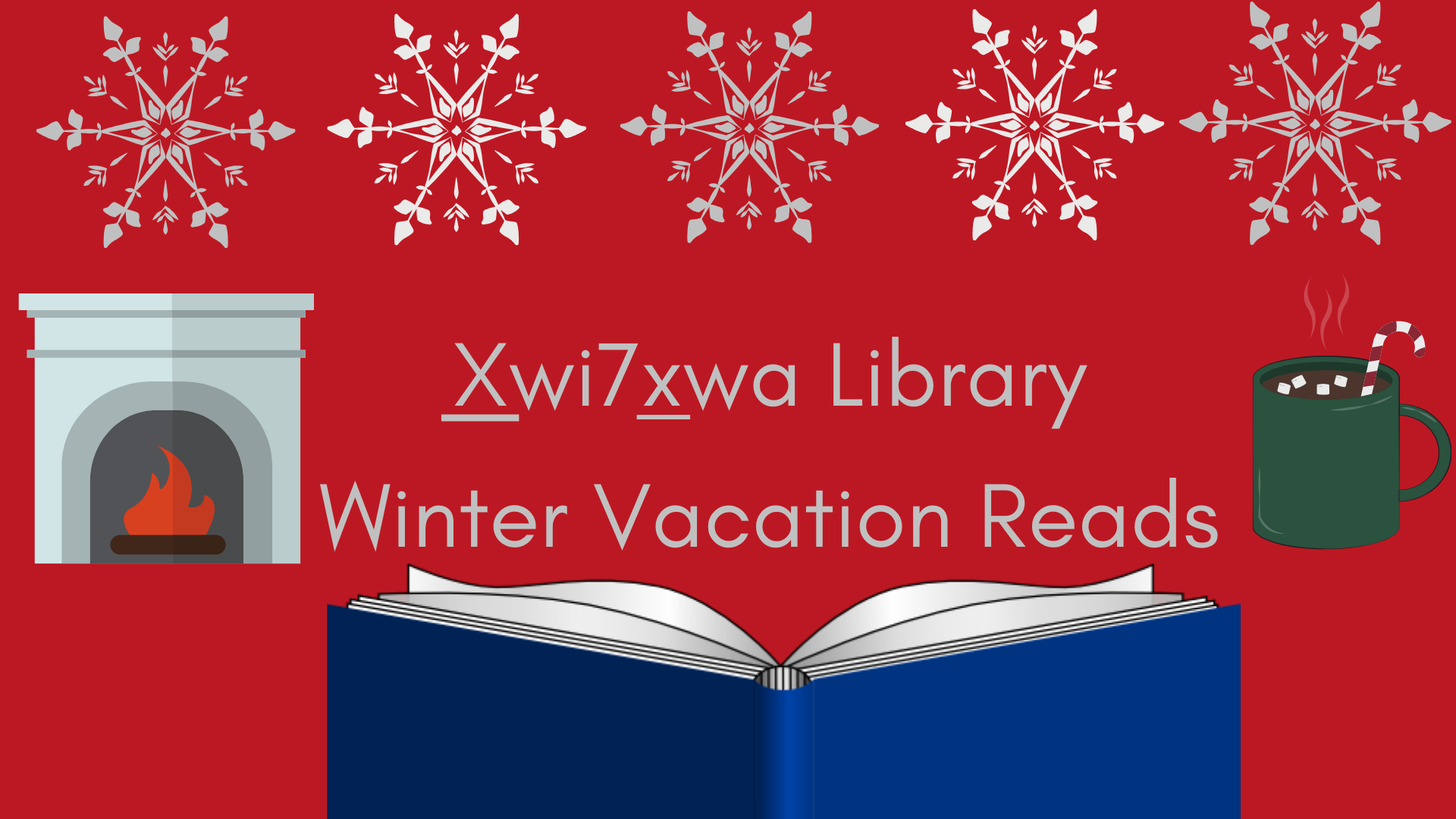 Looking for some inspiration for reading as go off to break until January 6th? We have rounded up some novels, books of poetry, and other inspiring resources you can pick up before you head off campus for the next few weeks.
Looking for some inspiration for reading as go off to break until January 6th? We have rounded up some novels, books of poetry, and other inspiring resources you can pick up before you head off campus for the next few weeks.
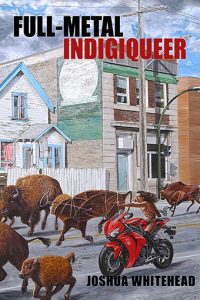
Full-Metal Indigiqueer: Poems by Joshua Whitehead focuses on Zoa, a Two Spirit/ Indigiqueer Trickster who infects, invades, and reclaim canonical and popular works like Charles Dickens, Shakespeare and Peter Pan.
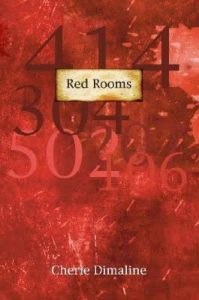
Red Rooms by Cherie Dimaline follows Naomi, a hotel maid in an average hotel in an average city, who creates complex and complicated stories about the patrons who stay in the rooms she cleans everyday from the things they leave behind. The five short stories are separate, but intricate and come to life through Naomi’s imagination.
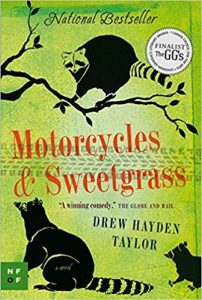
Motorcycles & Sweetgrass by Drew Hayden Taylor begins when a handsome stranger rides into town on a 1953 Indian Chief motorcycle and turns Otter Lake upside down. Maggie falls head over heels for the handsome stranger, but her son doesn’t trust him and teams up with his uncle to prove it.
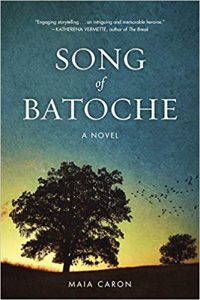
Song of Batoche by Maia Caron is a thoroughly researched fictional retelling of the events leading up to Louis Riel’s 1885 rebellion through a woman’s eyes: Josette Lavoie. The storylines of Josette and six other unforgettable main characters, including Riel and Dumont converge at the same time that the Dominion Army is to march on Batoche in this fast paced novel.
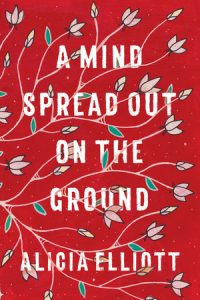
A Mind Spread Out on the Ground by Alicia Elliott views the ongoing legacy of colonialism through metaphor and details from Elliot’s own life and experiences. She engages with topics of parenthood, race, sexual assault, mental health and others as she weaves a story of how the personal becomes political.
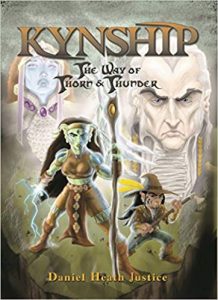
Kynship by Daniel Heath Justice takes place in the Everland, the home of the Eld-Folk, where it has been over a thousand years since the world of man and the world of Folk have collided. And it is about to collide again in this fantasy novel.
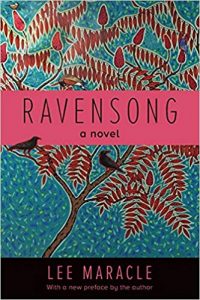
Ravensong by Lee Maracle follows Stacey, Raven, and Celia as they balance their family’s traditional ways in the 1950s Pacific Northwest during an urban influenza epidemic. Celia has visions from the past, while Raven sees a future catastrophe of reconcilation, and Stacey is left to find a way to bridge them together.
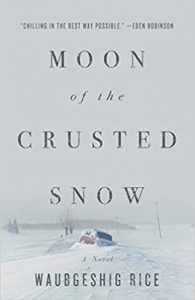
Moon of the Crusted Snow by Waubgeshig Rice is a thriller that begins when a northern Anishinaabe community goes dark and they realize something has gone wrong in the outside world. As food becomes scarce, the community begins to break apart and they struggle to find a way to survive until a leader emerges.

My Body Is a Book of Rules by Elissa Washuta is an open and ruthless autobiography that illustrate her reality with mental illness, ethnic identity, sexual assault, and academia without apologies. This autobiographical storytelling is written in poem, short verse, letters, a television script, and lists.
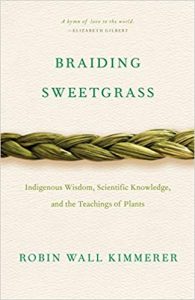
Braiding Sweetgrass by Robin Wall Kimmerer draws on her background as a botanist, and as a woman, to explain the lessons nature and animals can teach us. In her lyrical reflections of the natural world, she pushes the point home that humans are in a reciprocal relationship with the rest of the natural world.
End of Term Spotlight
 The end of term is here! As you are finishing up term papers, getting ready for presentations, and studying for final exams, the librarians have rounded up some things to push your assignments to the finish line. If you need help finding a copy of one of these resources, or need help finding other resources, come visit us from 11-3 Monday through Friday for reference help. Whether you’re searching for political science, natural resources, education, or something else, we love searching for you! Check out the linked resources below.
The end of term is here! As you are finishing up term papers, getting ready for presentations, and studying for final exams, the librarians have rounded up some things to push your assignments to the finish line. If you need help finding a copy of one of these resources, or need help finding other resources, come visit us from 11-3 Monday through Friday for reference help. Whether you’re searching for political science, natural resources, education, or something else, we love searching for you! Check out the linked resources below.
So You Want to Write About American Indians?: a Guide for Writers, Students, and Scholars by Devon Abbott Mihesuah gives an overview of both fiction and nonfiction books written about Indigenous people, and looks at challenges–many from the author’s own experience–that writers should be aware of when writing about this topic. Especially great for creative writing and English classes.
How to Critique Journal Articles in the Social Sciences by Scott R. Harris provides concise step by step tips and suggestions to reading articles written in the social science discipline, and how to spot strengths and weaknesses in research articles. A helpful read for learning to skim research articles and for suggestions on how to write up your own.
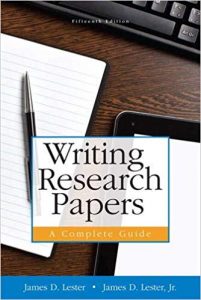
Writing Research Papers: a Complete Guide by James D. Lester & James D. Lester, Jr. is a traditional and practical book that will take you from selecting and narrowing down a research topic to formulating data to formatting your final paper. It covers a wide array of discipline and research writing styles.
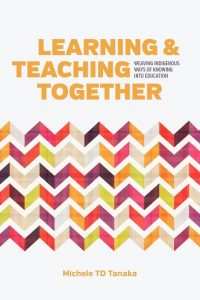
Learning and Teaching Together: Weaving Indigenous Ways of Knowing Into Education by Michele T.D. Tanaka introduces teachers to an indigenist approach to education. Rather than focusing of theory and discussion, this book looks at how a group of settler teachers were able to respectfully implement Indigenous knowledge into their classrooms.
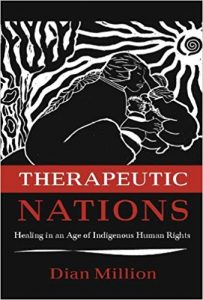
Therapeutic Nations: Healing in an Age of Indigenous Human Rights by Dian Million is an easy to read and understand book analyzing the way that trauma plays into the history of Indigenous peoples in North America.
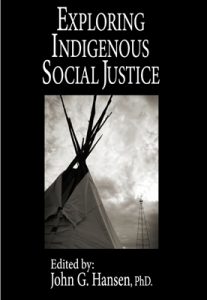
Exploring Indigenous Social Justice edited by John G. Hansen, Ph. D is sixteen chapters by nineteen different expert authors on the what, where, and how in Indigenous social justice principles and practices. This book looks at social justice issues through methodology, education, resiliency, and from an international lens.
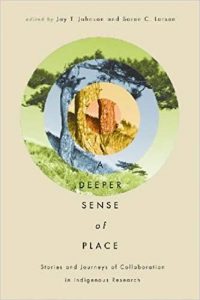
A Deeper Sense of Place: Stories and Journeys of Indigenous-Academic Collaboration by Jay T. Johnson and Soren C. Larsen looks at the ethical, political, intellectual, and practical meanings of collaboration with Indigenous peoples through a geographical lens of place. Also available online.
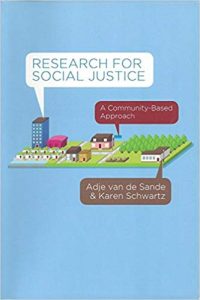
Research for Social Justice: A Community-Based Approach by Adje van de Sande & Karen Schwartz is written for students who are interested in exploring community based approaches in their research and their papers, with chapters on beginning research to how to write and present your report.
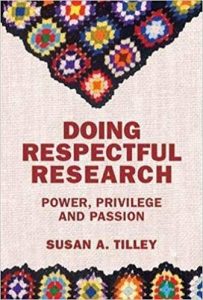
Doing Respectful Research: Power, Privilege and Passion by Susan A. Tilley focuses on the role power, privilege and passion play into the decisions of what gets researched, who is positioned as a researcher or a participant and how data are collected, analyzed represented and publicized.
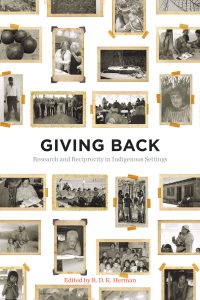
Giving Back: Research and Reciprocity in Indigenous Settings edited by RDK Herman addresses the need for reciprocity in the research process.
Remembrance Day
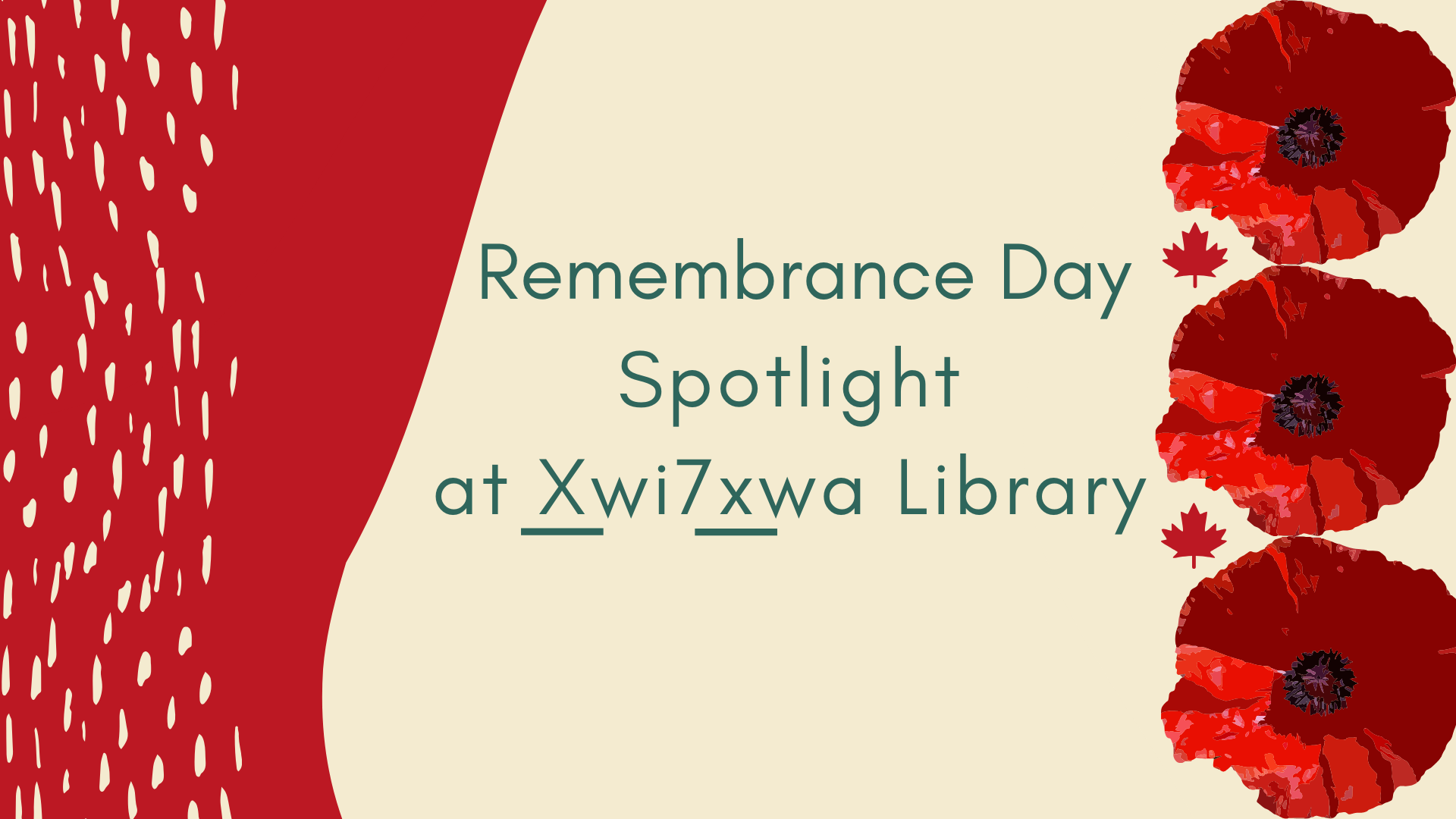 On November 11th, 1918 at 11 in the morning, the end of the First World War was marked. This is why in Canada and in other countries, there is a moment of silence–to thank the men & women who fought. Remembrance Day in Canada spotlights Canada’s role during the First World War (1914-1918), the Second World War (1939-1945) and the Korean War (1950-1953), but it honours all who have served and continue to do so. Remembrance Day is an opportunity to honour the soldiers who returned back home and to commemorate those who were not able.
On November 11th, 1918 at 11 in the morning, the end of the First World War was marked. This is why in Canada and in other countries, there is a moment of silence–to thank the men & women who fought. Remembrance Day in Canada spotlights Canada’s role during the First World War (1914-1918), the Second World War (1939-1945) and the Korean War (1950-1953), but it honours all who have served and continue to do so. Remembrance Day is an opportunity to honour the soldiers who returned back home and to commemorate those who were not able.
We have rounded up some books and resources from our collection telling the stories and sharing the voices of Indigenous veterans from Canada and the US. We encourage you to proudly wear a poppy and to take part in memorial services over the holiday weekend. Here are some events that are taking place on Remembrance Day around the Lower Mainland.
From the Tundra to the Trenches by Eddy Weetaltuk is his own story of joining the Canadian Armed Forces to fight in the Korean War. Inuit people at this time were not allowed to leave the North, so he changed his name & identity to begin his 15 year career with the Canadian Forces.
Ceremony by Leslie Marmon Silko follows Tayo, a young Native American man who was a prisoner of war during World War II. When he returns home, he struggles with feelings of isolation and estrangement. When other soldiers turned to violence and alcohol, Tayo turns to culture and tradition to help fight off despair.
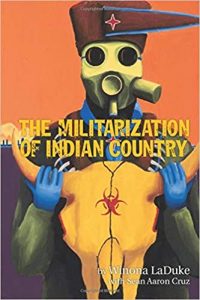
The Militarization of Indian Country by Winona LaDuke with Sean Aaron Cruz looks at the long political and economic relationship between Native America and the military, and the impact the military has had on Native peoples, lands, and culture.
Year in Nam: a Native American Soldier’s Story by Leroy TeCube goes into intimate detail of the day to day life of him and his platoon in Vietnam, and how his memories of his home in New Mexico and his culture were a source of strength.
For King and Kanata: Canadian Indians and the First World War by Timothy C. Winegard gives a detailed look into the relationship between the Indigenous people who served in Canadian Forces during World War I and the government they were fighting for. Covering the history of how they were first excluded and then actively recruited for the war effort, Winegard delves into coverage of both the policies and the experiences that would affect every aspect of the war experience for Canada’s Aboriginal soldiers.
Tales of the Mighty Code Talkers. Volume One edited by Arigon Starr: A graphic novel featuring seven separate stories of the many different Indigenous groups and nations that made contributions to the World War II war effort in the Pacific campaigns.
From the West Coast to the Western Front : British Columbians and the Great War by Mark Forsythe and Greg Dickson is a compilation of stories, artifacts and photos sent in by BC Almanac listeners from across the province, this book tells of submarine smuggling, bagpipes lost on the battlefield, of the ongoing struggles by soldiers who made it home, and of both battles of loss and heroism.
Two Trails Narrow: a novel by Stephen McGregor
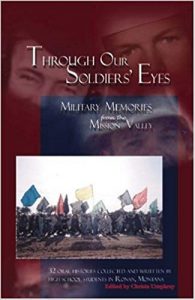
Through our Soldiers’ Eyes : Military Memories from the Mission Valley edited by Christa Umphrey is the work of grade 11 students in rural Northwest Montana on the Flathead Indian Reservation. They interviewed and recorded over 30 veterans’ oral histories of their time in the American Armed Forces.
A Xwi7xwa Halloween
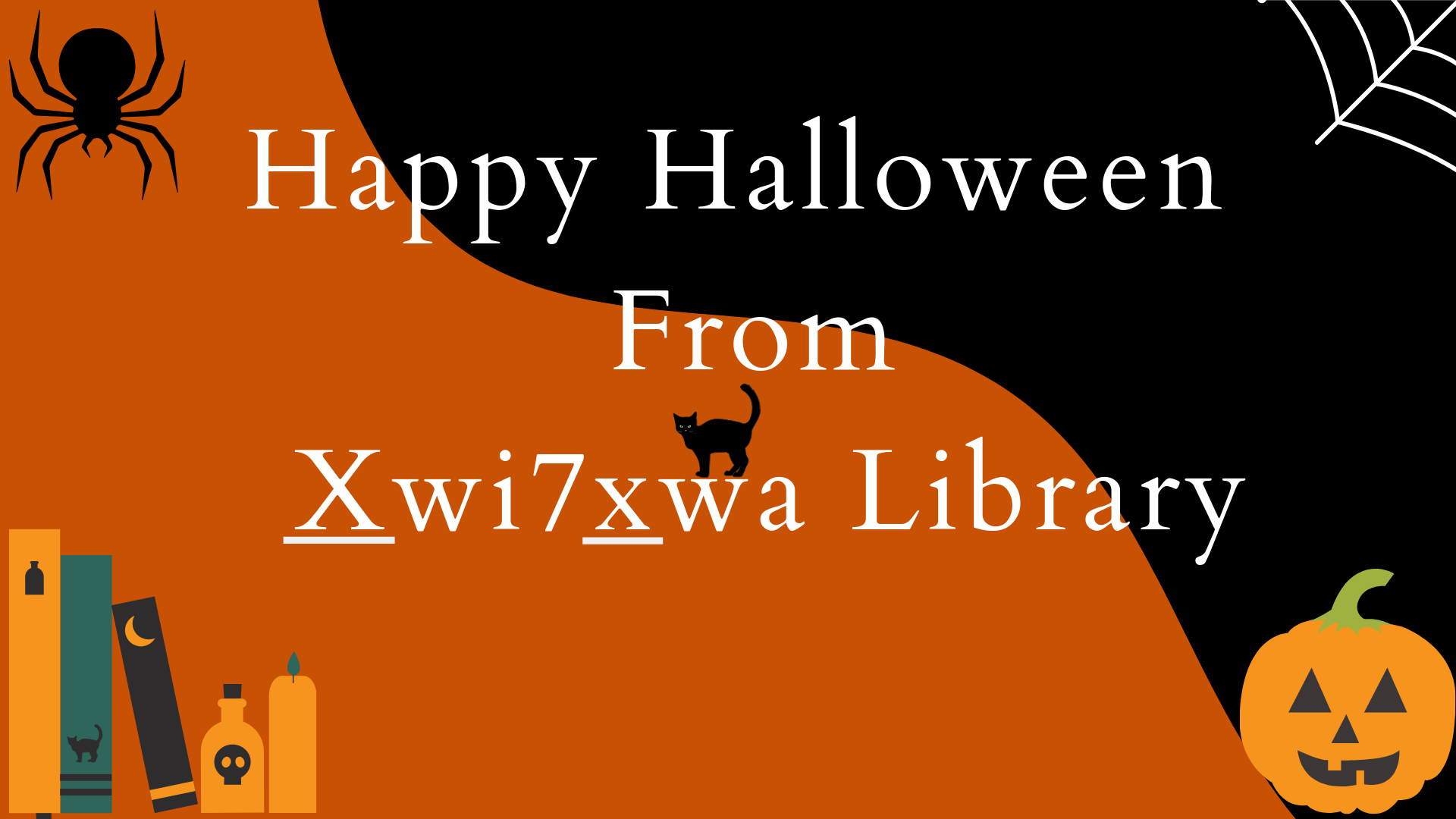
Looking for some creepy tales and mysteries of things that go bump in the night to celebrate this Halloween time of year? We’ve rounded up some of our favorites here from our collection to help make your Halloween spooktacular!
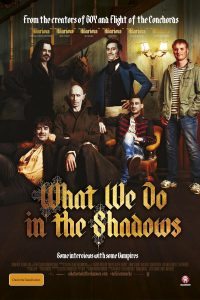
What We Do in the Shadows written and directed by Jemaine Cement & Taika Waititi is a dark comedy that follows Vulvus, Viago, and Deacon. They are vampires: undead, immortal creatures who stalk the night and search for human blood, preferably virgins.
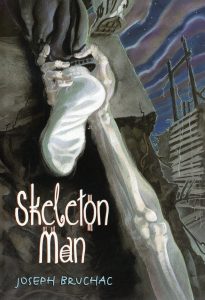
Skeleton Man by Joseph Bruchac watches Molly who has to rely on her dreams of an old Mohawk story after her After her parents disappear and she is given to a strange “great-uncle.”

Bearwalker by Joseph Bruchac tells the story of Baron Braun when he calls upon the strength and wisdom of his ancestors to face both man and beast to help his classmates who are being terrorized during a school field trip in the Adirondacks.
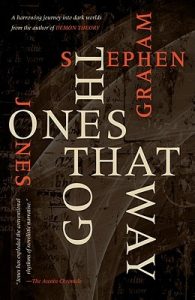
The Ones that Got Away by Stephen Graham Jones is a collection of thirteen stories that carve down into the body of the mind, into our most base fears and certainties. Spooky alert!
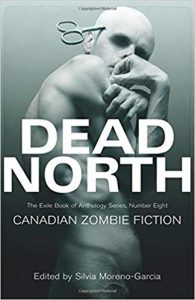
Dead North: Canadian Zombie Fiction edited by Silvia Moreno-Garcia is a collection of short stories contains a wide range of zombie fiction, from whales who return from the depths to haunt the coast of Labrador to a corpse that is turned into a flesh puppet that then takes part in a depraved sex show.
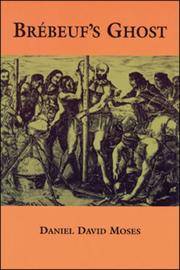
Brébeuf’s Ghost: a Tale of Horror in Three Acts by Daniel David Moses is set off of Lake Nipissing in 1649, where Christian missionaries are at war with First Nations communities. To make matters worse, Jesuit martyr Jean de Brébeuf has come back from the dead as a ghost to torment both parties.
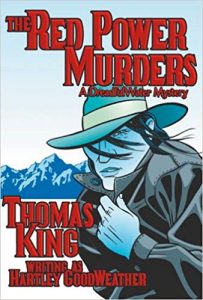
The Red Power Murders: a DreadfulWater Mystery by Thomas King writing as Hartley GoodWeather features former cop turned photographer Thumps DreadfulWater visiting his hometown of Chinook, but murders and the past still follow him wherever he goes.
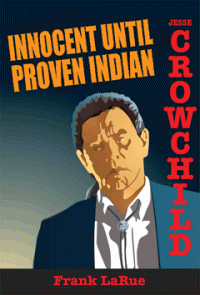
Innocent until Proven Indian: a Jesse Crowchild Mystery by Frank LaRue follows recovering alcoholic lawyer Jesse Crowchild and sidekick investigator ex-cop Mike Morningstar as they try to clear the name of Jimmy Greyeyes who is accused of murder.
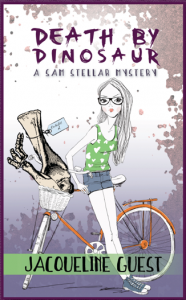
Death by Dinosaur: a Sam Stellar Mystery by Jacqueline Guest has 14-year old Sam Stellar investigating who stole a dinosaur fossil, and she has a few suspects, including the young hunk of a paleontologist her sidekick and cousin is totally crushing on.

indian country noir edited by Sarah Cortez & Liz Martínez is a collection of regional short story collections that celebrates Native American crime fiction, featuring original work from Lawrence Block, Joseph Bruchac, and David Cole.
